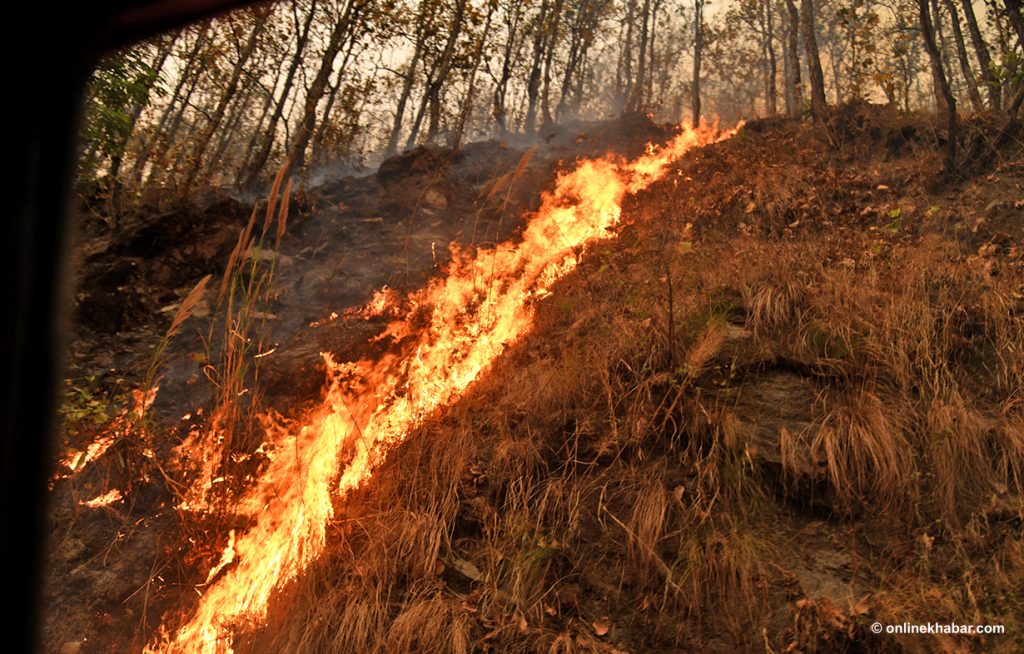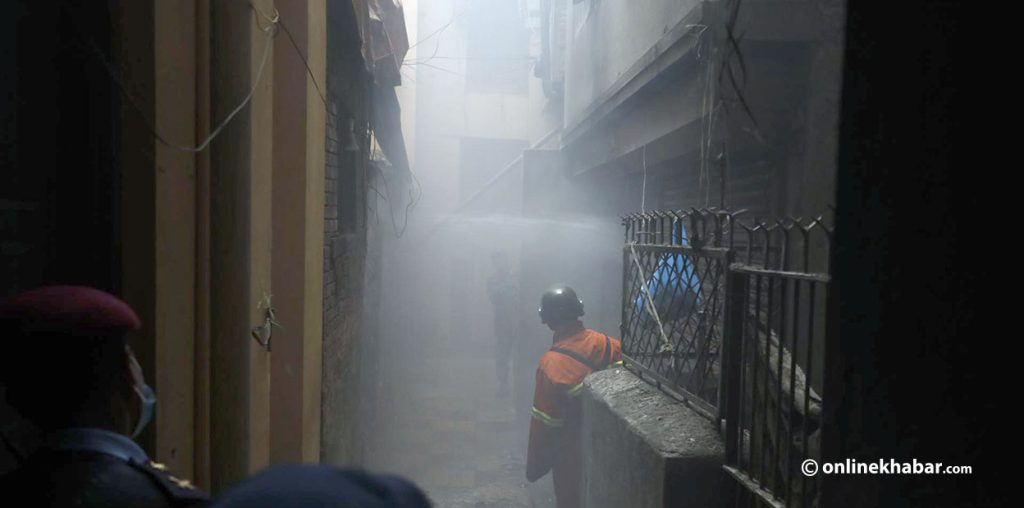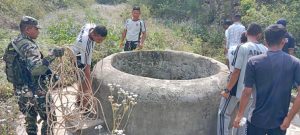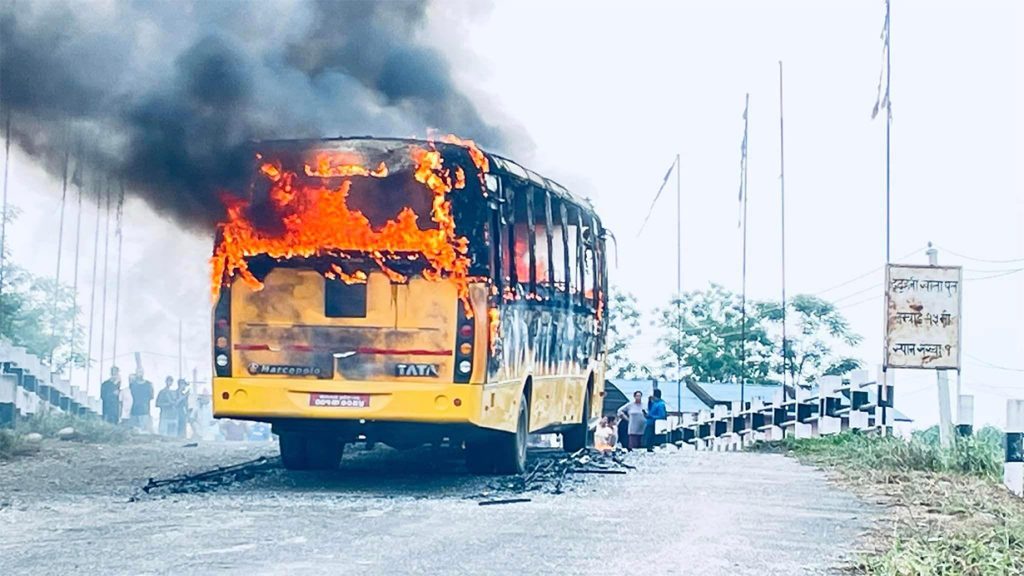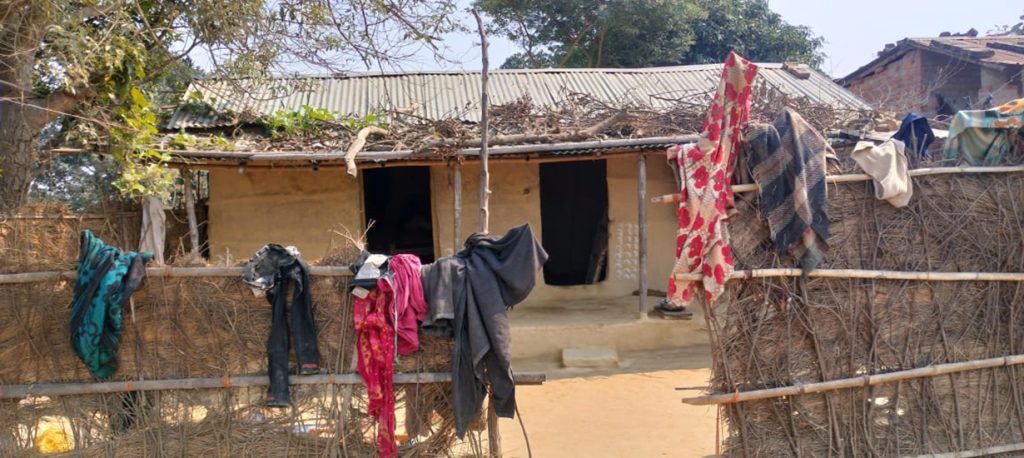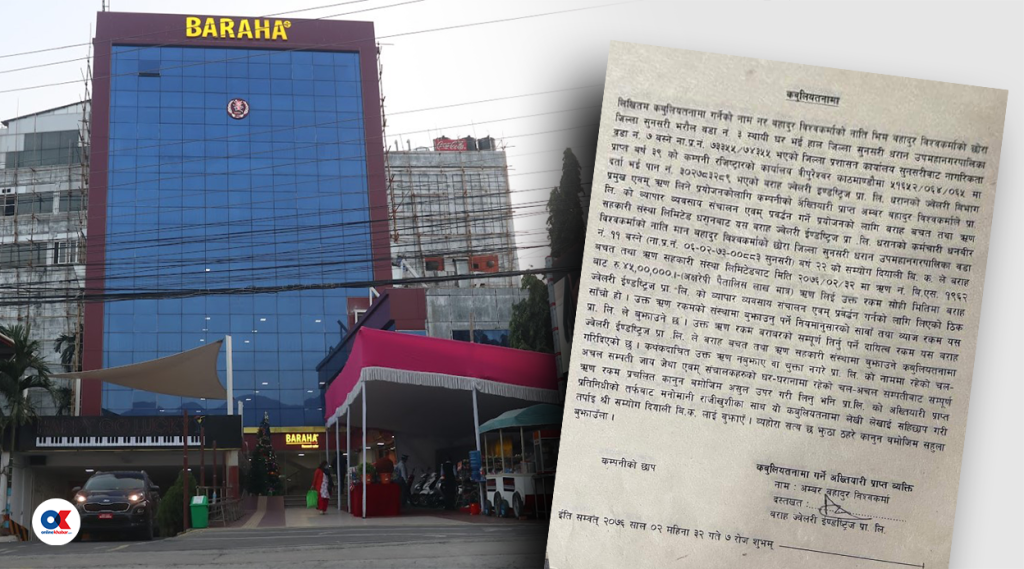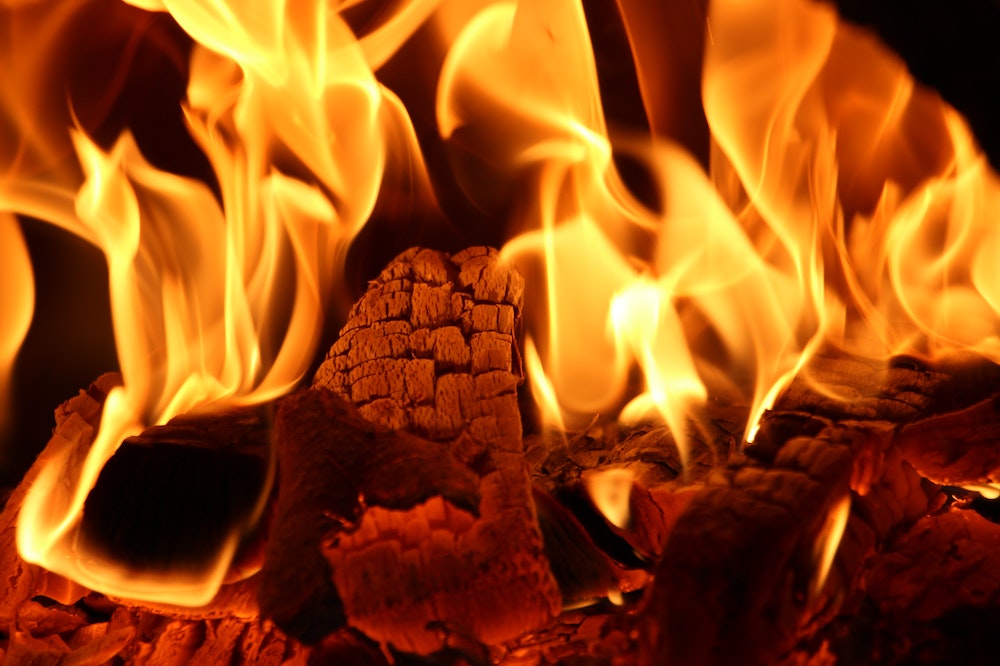
Fire disasters are rising in Nepal, yet there is no well-coordinated strategy for emergency preparedness in the country. However, the question remains: Is Nepal ready to deal with this urban disaster?
On the evening of December 19, a fire broke out around 5 pm, in Ward-6, Dhapasi, Tokha Municipality, Kathmandu- spreading rapidly and leaving everyone in shock. In a matter of minutes, the substance became obscured by black smoke, the sound of snapped twigs, and the smell of the burning sensation.
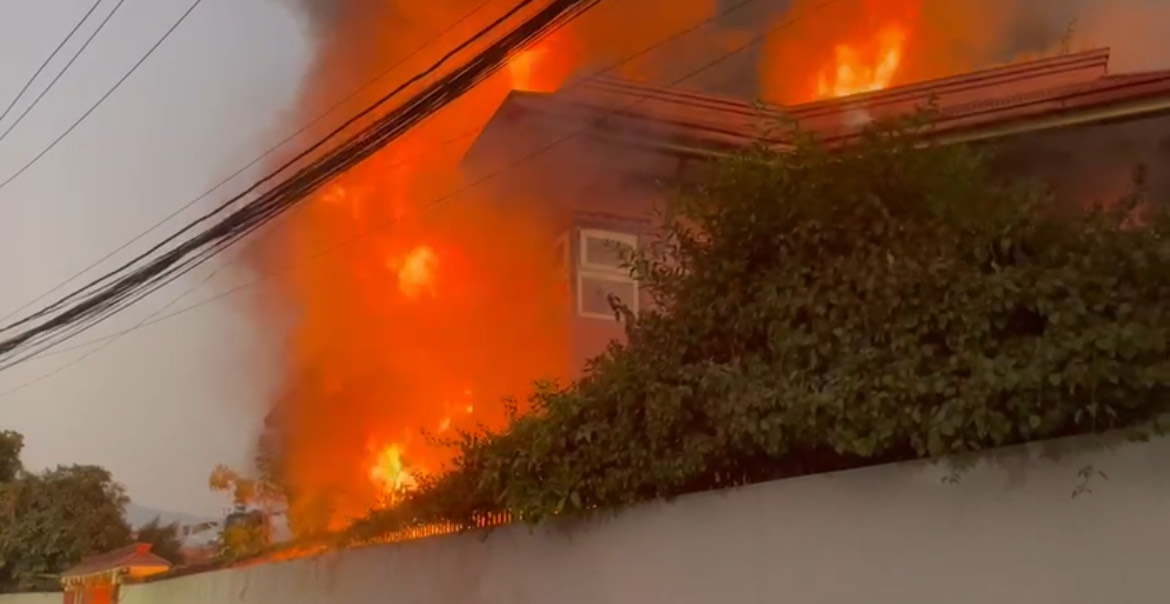
The fire engulfed property beyond and within the house and left the people of the community frozen with fear and panic. It took nearly 50 minutes for the fire brigade to arrive. By then, the house was fully engulfed. When the fire brigade finally began their work, there was a brief sense of relief, but it was short-lived. Within five minutes, their water tank ran dry, and they had to leave to refill, leaving the fire to continue its destruction.
Later, we found out the community had been without a water supply for over a week because of broken supply systems. Imagine a fire, and there is no water to fight it—it was a cruel irony. The police were present, but even they struggled to get through to the fire department. Emergency numbers like 100 and 101 either went unanswered or were busy. At a moment when every second mattered, we were stuck in a system that failed us. This was not just about the fire but was a harsh reminder of how unprepared we are for disasters.
No proper disaster response plan
When we approached local authorities, they admitted there was no proper disaster response plan. They had no coordination, no resources, and no sense of urgency to address emergencies like this. Their agreements and policies, meant to ensure readiness, were nothing more than words on paper.
This incident highlights a critical issue: the alarming lack of preparedness for fire emergencies. Fires, earthquakes, or any other disasters can strike without warning, and without proper systems, communities are left to fend for themselves. Who should be held accountable?
The Constitution of Nepal explicitly holds the Local Government under Schedule 8 and all three Federal, Province, and Local Levels under Schedule 9 responsible for Disaster Management. The National Disaster Risk Reduction and Management Authority (NDRRMA) functions directly under the Ministry of Home Affairs for Disaster Risk Reduction and Management.
National Policy for Disaster Risk Reduction, Disaster Risk Management Act 2074, and Disaster Risk Reduction and Management Regulations 2076 enlist ‘Fire’ as a ‘Non-natural disaster.’
Need of proactive steps
As the local government is the closest authority and can respond promptly to disasters, the Local Disaster Management Committee should take several proactive steps to enhance disaster preparedness and response. These include:
- Keeping fire brigades on standby for immediate use during disasters.
- Establishing integrated and sectoral local disaster management policies and plans.
- Training local-level officials, employees, volunteers, social mobilizers, and communities in disaster management for prompt and effective responses.
- Conducting regular drill exercises and planning for rescue and relief operations in disaster-affected areas.
- Raising ward-level awareness and mobilizing communities for immediate responses.
- Organising basic preparedness at the local level.
The Act emphasises resource pooling and mandates that local governments coordinate disaster management efforts with governmental, non-governmental, and private organizations, as well as local volunteers, social mobilisers, and other stakeholders. For instance, several local governments in the Karnali, Sudurpaschim, and Lumbini provinces have recently introduced resource-pooling initiatives.
Additionally, all local governments ensure compliance with building codes and basic electrical and sanitation standards in physical constructions. It is worth considering adding mandatory fire extinguisher provisions for households and conducting periodic fire audits to further mitigate fire risks. Chitwan’s Bharatpur Metropolitan City sets a strong example of fire risk preparedness by implementing efficient fire risk reduction measures.
Need for accountability
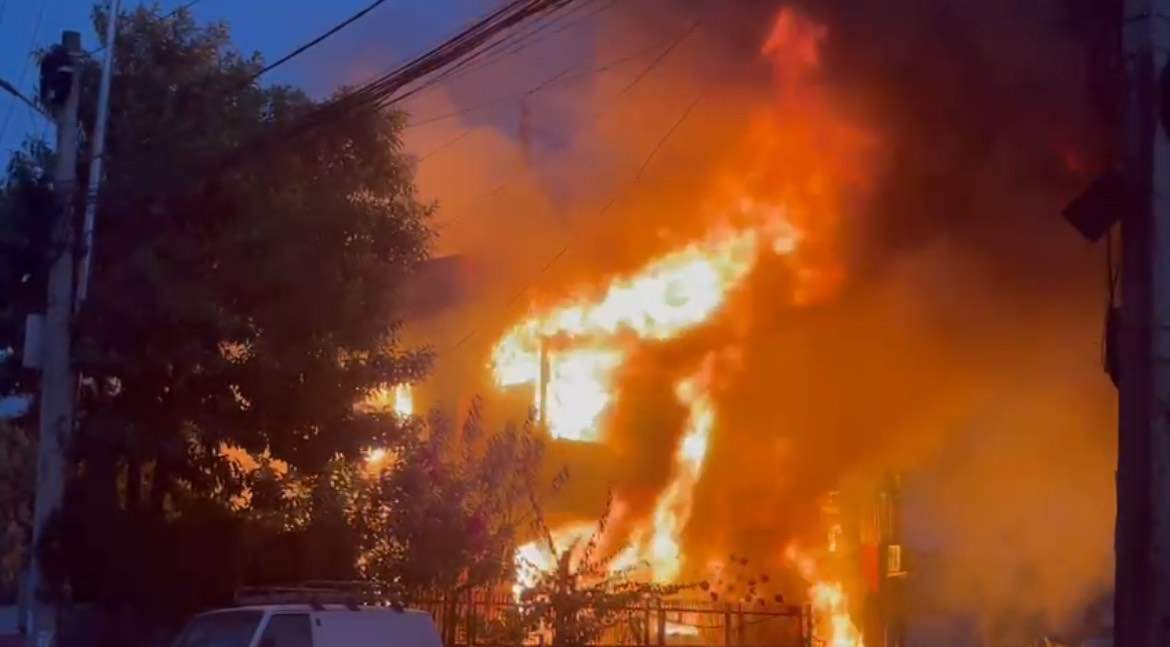
What happened in Dhapasi is not just a tragedy—it is a call for action. We need accountability from our government. Preparedness is not just about resources; it is about protecting lives, homes, and the dreams people work so hard to build.
As of now, there is no coherent fire safeguard policy in Nepal to support cooperation in fire safety, and local governments may not be prepared to combat large-scale fires. The people in countries such as India and Australia have empowered themselves with all the modern techniques of fire tracking along with all safety measures.
With this incident, we require national-level fire control-related legislation to bind all 753 local governments to stress the responsibilities and make them more duty-bound. Local Governments also prepare pre-post-monsoon response plans, and similar measures can be executed for the fire, this could stress coordination and resource-pulling among the local government efficiently.
To tackle fire disaster risks and improve preparedness, actions need to be taken from local communities where they should focus on raising awareness through safety campaigns, conducting fire drills, and training residents on fire safety protocols.
Furthermore, local governments must improve fire safety infrastructure, such as fire hydrants and accessible water sources, and support firefighting teams with proper training and equipment. They should also create fire risk maps and localized disaster response plans. At the national level, a comprehensive fire safety strategy should be developed, with strong policies and building codes to reduce fire risks.
Investment in advanced firefighting technology, such as satellite monitoring and early warning systems, is essential. Coordination between national agencies, local governments, and emergency services must be prioritized for quick responses.
Public awareness campaigns and adequate funding should be allocated to firefighting services and disaster relief efforts. Long-term actions like integrating fire safety education into school curriculums and partnering with NGOs and the private sector will strengthen fire disaster preparedness across the country.





